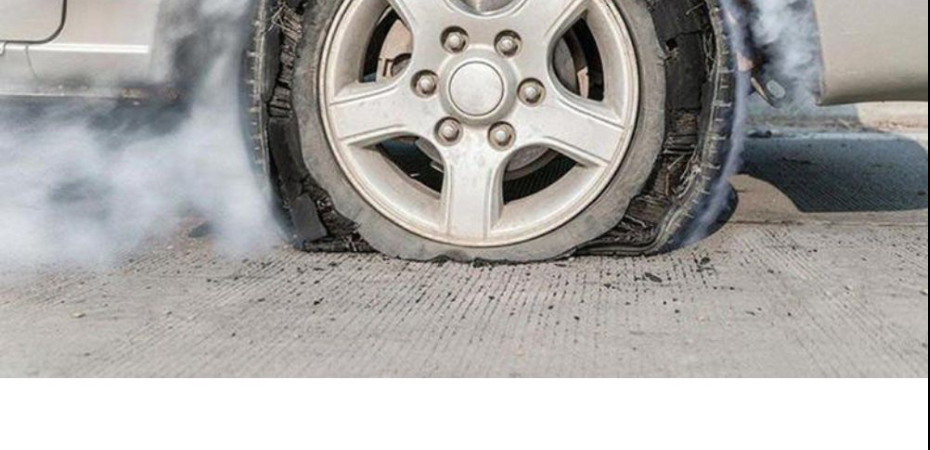How to Prevent Tire Blowouts in Winter: Essential Tips for Safe Driving
Tire blowouts can be a terrifying and dangerous experience, especially during winter when driving conditions are already challenging. Cold temperatures, icy roads, and improper tire maintenance increase the likelihood of blowouts. Here are practical tips to help you prevent tire blowouts and ensure safe driving throughout the winter season.
1. Maintain Proper Tire Pressure
Cold weather causes tire pressure to drop. For every 10°F decrease in temperature, tire pressure can drop by about 1 PSI. Driving on under-inflated tires increases the risk of blowouts and reduces fuel efficiency.
Check pressure regularly: Use a reliable pressure gauge to check your tire pressure weekly during the winter months. Follow manufacturer recommendations: Refer to your vehicle’s manual for the optimal tire pressure. 2. Inspect Your Tires for Damage
Winter roads are often filled with debris, potholes, and hidden hazards that can damage your tires.
Look for visible wear and tear: Check for cracks, cuts, or bulges in the tire walls. Measure tread depth: Ensure the tread is at least 2/32 inches deep for adequate traction. Replace tires if needed. 3. Use Winter or All-Season Tires
Regular tires may not perform well in icy or snowy conditions.
Switch to winter tires: Designed for cold weather, winter tires offer better grip and durability. Consider all-season options: If you live in a region with mild winters, high-quality all-season tires may suffice. 4. Avoid Overloading Your Vehicle
Carrying excessive weight puts extra strain on your tires and increases the risk of blowouts.
Check the weight limit: Do not exceed the vehicle’s maximum load capacity, which is stated in the owner’s manual or door frame label. 5. Warm Up Your Tires Before Driving
Cold tires are more prone to damage.
Drive slowly at first: Allow your tires to warm up naturally before reaching higher speeds. Avoid abrupt movements: Sudden acceleration or hard braking can stress cold tires. 6. Rotate and Align Your Tires Regularly
Uneven wear can weaken tires and make them more susceptible to blowouts.
Rotate tires every 5,000–7,500 miles: This ensures even wear across all tires. Get a wheel alignment: Proper alignment reduces uneven wear and enhances handling. 7. Be Cautious of Road Conditions
Winter roads can be unpredictable.
Avoid potholes and debris: Hitting sharp objects or rough surfaces can damage your tires. Drive at moderate speeds: High speeds increase the heat generated in tires, making them more vulnerable to blowouts. 8. Carry Emergency Supplies
Despite all precautions, emergencies can happen. Be prepared with:
A spare tire and tools for replacement. A portable air compressor. A roadside emergency kit, including a flashlight, gloves, and warning triangles. Final Thoughts
Preventing tire blowouts in winter starts with regular maintenance and mindful driving habits. By keeping your tires in top condition, monitoring road conditions, and making seasonal adjustments, you can enjoy safer and stress-free driving during the colder months. Prioritize safety, and your tires will thank you!



